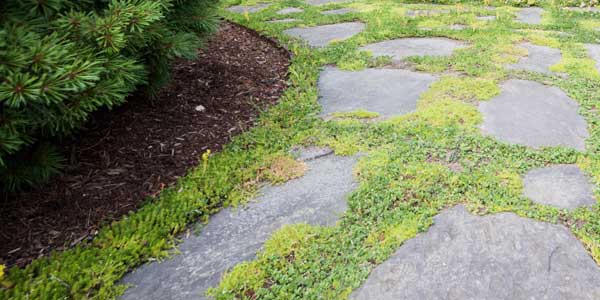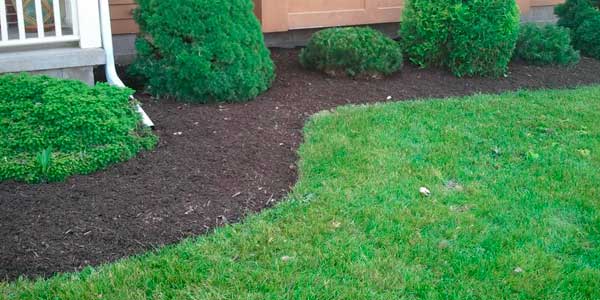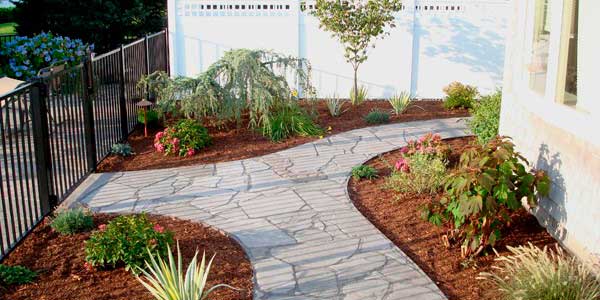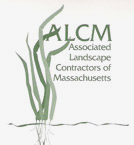
Weeding and edging beds as early in the season as possible will require less labor, than waiting later in the season. The most common reason for using mulch is aesthetics, but most importantly it will reduce the presence of weeds. Mulching usually occurs between May and June but your plants won’t mind having mulch placed around them at any time of the season.
Plants will not have to compete with weeds for moisture and nutrients. Mulch conserves soil moisture; it protects the soil from the direct rays of the sun and our windy days. As a result you’ll be watering less.

Mulch regulates soil temperature, keeping the roots cool and provides the soil conditions preferred by bacteria, earthworms, as well as other soil organisms. As the mulch breaks down it further adds to the soil’s capacity for retaining the nutrients, and water needed for a plant to thrive.

The proper depth of mulch is very important. While mulch can be used to improve the physical appearance of your landscape, too much mulch suffocates life in the soil and starves the roots. Excessive buildup of mulch should be removed from a bed prior to installation. Mulch pile up against the base of plants can cause the bark to rot. So it is important to keep your mulch a good distance away from your trees, shrubs, and perennials.
There are a number of mulches in which we use. Uncompounded leaves, shells, stones and gravel along with a number of different kinds of wood. Mulch ranges from light pine, dark pine, hemlock, black mulch, and woodchips. Our most common mulch used on 95% of our customers is the dark pine bark mulch.



